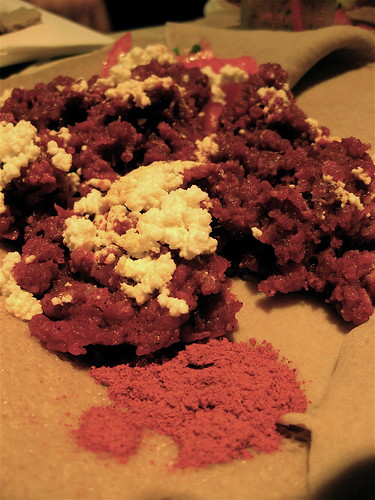
Sean Scanlon, vocalist of Smallpools (photo courtesy Firefly Music Festival)
Day three of the Firefly Music Festival on Saturday, June 21, focused mostly on new bands for me — finding such new bands always is the strength of well-organized festivals.
My day began with Smallpools, a quartet from Los Angeles, and their catchy pop songs on the Firefly backyard stage. Smallpools have not yet released a full-length album, but their most popular single, Dreaming (from a self-titled EP) is a very neo-psychedelic dance number that smacks of Foster the People and Passion Pit, as many others have observed. Vocalist Sean Scanlon demonstrated a good sense of humor when recounting a protest email the band once received about its name. Apparently, someone was unhappy that Smallpools would celebrate “small pools,” which are not healthy for killer whales. In response, the band named a new song “Killer Whale.”
Smallpools open for Neon Trees in a show at the 9:30 Club on July 13, but it’s already sold out sadly!
